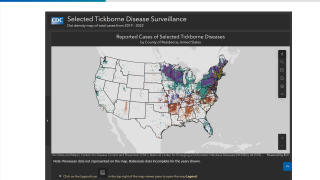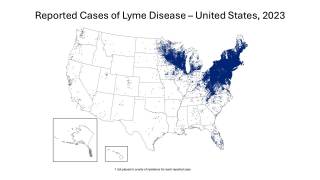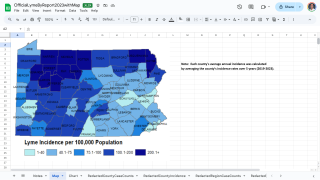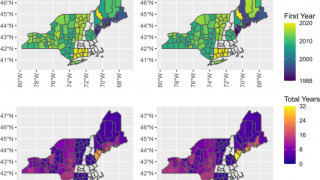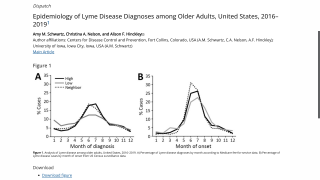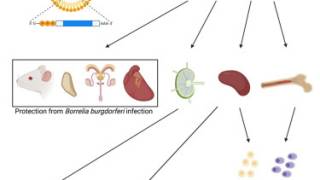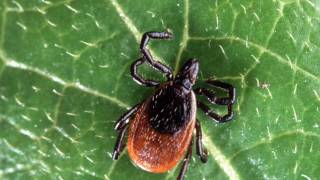Some Lyme Disease Treatments Lack Value

While the world awaits the approval of a Lyme disease vaccine, many patients have sought out treatment that may lack measurable value. Lyme disease has been nationally notifiable in the United States since 1991, significantly impacting thousands of hikers and nature lovers annually.
The Open Forum Infectious Diseases published a report on January 15, 2025, that many non-traditional clinics for chronic Lyme disease exist in states where the disease is endemic, and the treatments offered at such clinics are often unproven and costly and raise safety concerns.
For this study, University of Minnesota investigators analyzed treatments offered at standalone clinics in 14 states with high Lyme disease prevalence. They analyzed 117 US clinics that provide conventional, complementary, and alternative medicine approaches to Lyme disease care.
Herbs and supplements were the most common treatment offered by the clinics (45%), followed by non-antibiotic intravenous therapy (26%), unspecified antibiotics (22%), hyperbaric oxygen therapy (15%), and ozone-based therapy (13%).
The cost of care was variable and can be high, suggesting that patients with limited health insurance coverage may have significant out-of-pocket expenditures. For example, the costs for an initial consultation ranged from $87 to $3,250.
Hyperbaric oxygen therapy was the most expensive treatment ($85 to $6,400).
The study authors wrote, 'Some therapies we found also expose patients to unnecessary risks. For example, non-evidenced-based antibiotic regimens—particularly those that are prolonged or administered intravenously via a central venous catheter—have been associated with life-threatening complications, including fatal cases of catheter-associated bloodstream infections and Clostridioides difficile infection.'
Major autohemotherapy, an unproven therapy, may also increase a patient's bloodstream infections.
Although limited to a minority of clinics, this study found that some clinics offer "hyperthermia protocols" and intravenous hydrogen peroxide" raises safety concerns.
According to the U.S. CDC, people treated with appropriate antibiotics in the early stages of Lyme disease usually recover rapidly and completely. The antibiotics most commonly used to treat Lyme disease include doxycycline, amoxicillin, or cefuroxime axetil.
The CDC generally does not recommend antibiotics after tick bites to prevent tickborne tickborne.
However, in certain circumstances, a single dose of doxycycline after a tick bite in an area where Lyme disease is common may lower the risk of Lyme disease.
As of February 6, 2025, one innovative Lyme disease vaccine candidate (VLA15) is advancing in late-stage clinical research.
Note: The authors did not declare any industry conflicts of interest.
Our Trust Standards: Medical Advisory Committee



